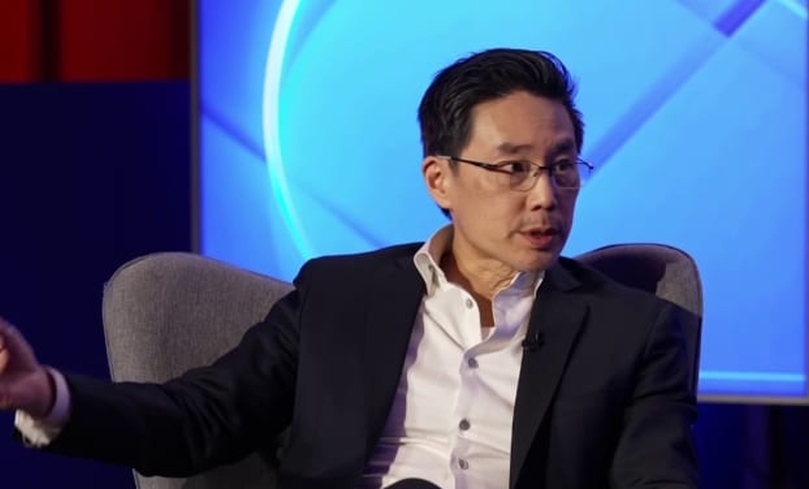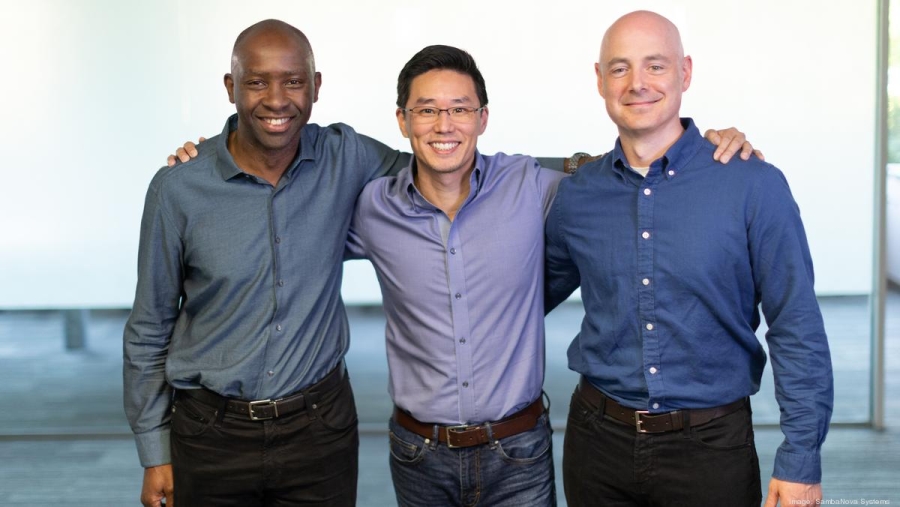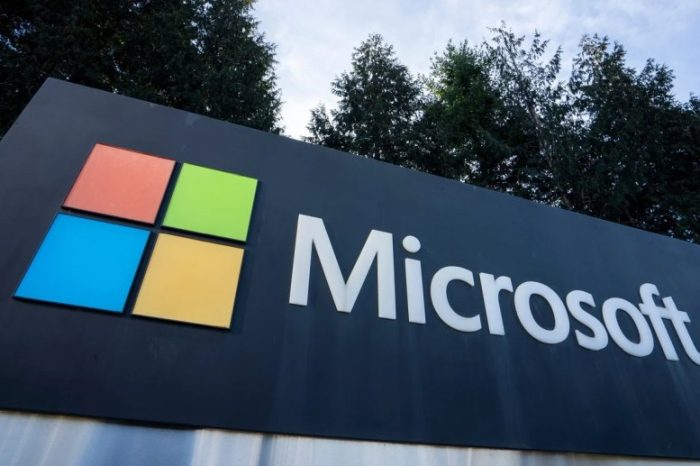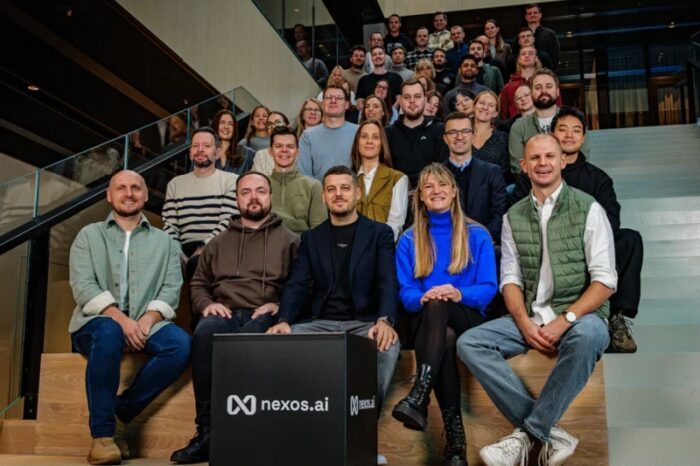AI chip startup SambaNova, once valued at $4 billion, explores sale after failing to raise new funding

SambaNova Systems, once one of Silicon Valley’s most promising AI hardware startups, is reportedly exploring a sale after struggling to secure new funding. The Palo Alto–based company, known for its AI chips and full-stack computing systems, has held early talks with potential buyers, including private equity firms and major tech companies. No formal offers have been made yet, but the discussions mark a pivotal moment for one of the best-funded challengers to Nvidia’s dominance.
As first reported by The Information, “Artificial intelligence chip startup SambaNova Systems is exploring a sale, after it struggled to complete a fundraising round, according to people with direct knowledge of the matter. The Palo Alto, Calif., startup was last valued at $5 billion in 2021. SambaNova and other AI chip startups have had difficulty growing sales in the face of giant competitors like Nvidia.”
Founded in 2017 by Rodrigo Liang, Kunle Olukotun, and Christopher Ré, SambaNova set out to rethink the architecture of computing for modern neural networks. Its name—Portuguese for “new dance”—captured that ambition: to choreograph a new rhythm for AI infrastructure.
Liang and his cofounders weren’t newcomers; their earlier venture, Afara Websystems, was acquired by Sun Microsystems in 2002. With SambaNova, they built a system that paired custom silicon with proprietary software and dataflow-based computing, promising performance gains far beyond what legacy GPU architectures could deliver.
From $5 Billion Valuation to Uncertain Future: SambaNova Weighs Sale Amid Funding Struggles
At the heart of the company’s platform is the Reconfigurable Dataflow Unit (RDU), which integrates a three-tier memory hierarchy—SRAM, HBM, and DRAM—to handle massive AI workloads without bottlenecks. Benchmarks have shown impressive numbers: 16 RDUs processing 198–255 tokens per second on models like the DeepSeek-R1 671B, occasionally outperforming Nvidia setups in equivalent scenarios.
The SN40L chip, launched in September 2023, pushed that advantage further, supporting models twice the size of advanced ChatGPT versions and giving enterprises the ability to train private, in-house GPT-like systems in days instead of weeks. SambaNova claimed up to sixfold faster training and 10x performance gains on certain workloads compared with Nvidia’s A100 GPUs.
The company built an impressive client list spanning finance, healthcare, energy, government, and research. Its customers include the U.S. Department of Energy’s Oak Ridge and Lawrence Livermore National Laboratories, OTP Bank, Accenture, Aramco, SoftBank, NetApp, and the RIKEN Center for Computational Science in Japan. Partnerships with Hugging Face, Blackbox.AI, and Continue positioned SambaNova as a serious player in enterprise AI infrastructure.
SambaNova raised a total of $2.17 billion across six rounds, with its 2021 Series D round led by SoftBank Vision Fund 2, valuing the unicorn startup at over $5 billion. The company’s investor roster reads like a who’s who of global finance and tech: BlackRock, GIC, GV (Google Ventures), Intel Capital, Temasek, Walden International, and Samsung Catalyst Fund, among others. Yet private market sentiment has cooled. Forge Global now lists SambaNova shares at around $17.57, suggesting a much lower valuation and reflecting the broader pressure on AI hardware startups that aren’t profitable yet.
Even as fundraising slowed, SambaNova kept innovating. In March 2025, it launched a framework for AI-driven “deep research” agents in partnership with CrewAI Inc. The system uses an “Agentic Router” to send queries to specialized agents—such as those focused on search, research, or financial analysis—running on SambaNova’s own accelerators. By combining open-source models like Meta’s Llama 3.3 and DeepSeek’s R1, the platform generates long-form, structured reports up to three times faster than GPU-based alternatives, cutting operational costs dramatically. The company said an enterprise running 20 daily queries per 200 employees could save more than $1 million a year compared with using OpenAI’s GPT-4o.
Internally, SambaNova has spent much of the past two years reorienting its focus after the surge of generative AI demand following ChatGPT’s release. It expanded efforts in inference optimization, multilingual modeling, and a startup onboarding program, aiming to serve customers who want greater control and ownership of their data.
The problem isn’t technology—it’s survival in an unforgiving market. Nvidia now controls more than 80% of the AI chip segment, and the cost of competing at scale has pushed many startups to the edge. Companies like Cerebras, Groq, and SambaNova built technically sophisticated systems but continue to wrestle with production costs, customer acquisition, and investor fatigue. SambaNova’s hardware remains highly capable for complex workloads, but its ecosystem trails Nvidia’s maturity and reach.
According to people familiar with the matter, SambaNova’s management began exploring a sale after talks for a new funding round stalled. The company had considered an IPO but shifted gears as market conditions worsened. Possible acquirers include major cloud providers looking to expand AI infrastructure and private equity firms betting on long-term demand for alternative chip architectures.
The situation underscores a broader reality for AI startups: innovation alone isn’t enough. With capital drying up and competition intensifying, only those able to balance breakthrough performance with financial discipline are likely to endure. For SambaNova, the outcome of these sale talks will determine whether its “new dance” continues on a bigger stage—or ends as another casualty of the AI chip wars.

SamaNova Founders: Kunle Olukotun, Rodrigo Liang (CEO), and Christopher Ré




